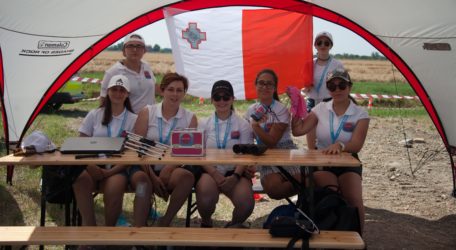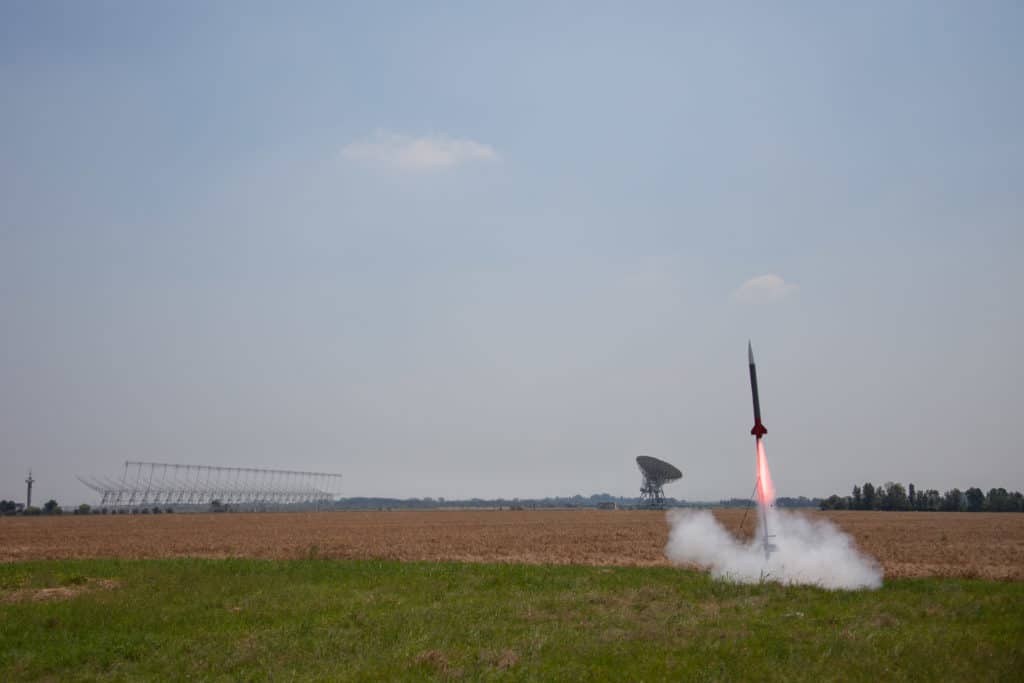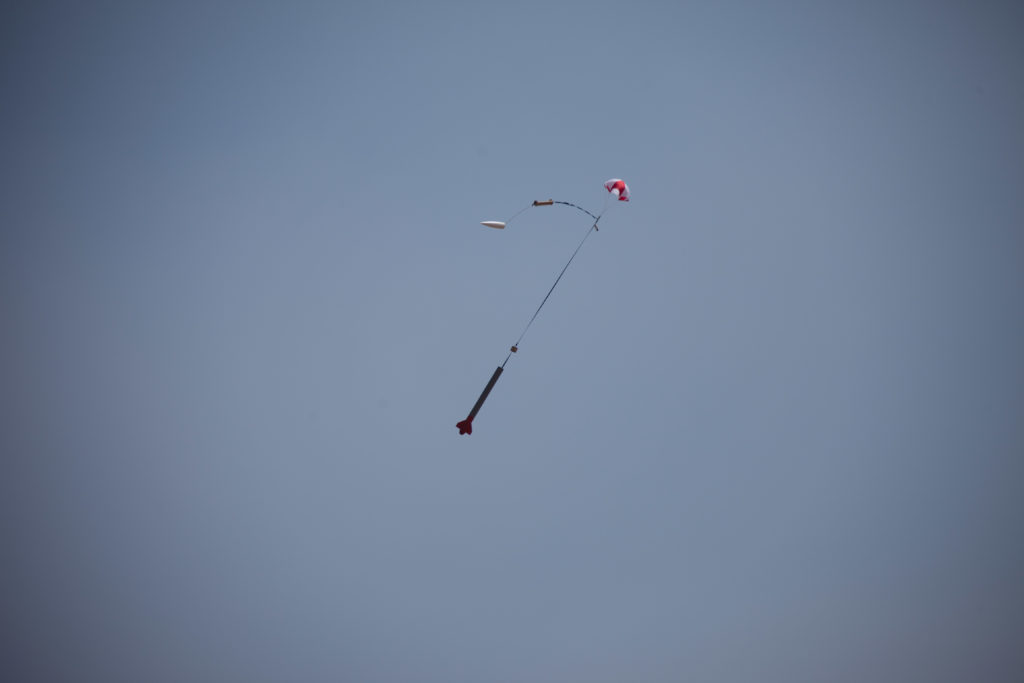
Santa Monica School represents Malta at European CanSat Competition in Bologna
As winners of the CanSat Malta Competition organised by the Malta Council for Science and Technology for the first time last scholastic year, the team MoniCanSat represented Malta in the European CanSat Competition held in Bologna last June. The six-strong secondary school student team from St. Monica School Birkirkara together with their science teacher Ms. Sabrina Camilleri, participated in the competition together with 20 other student teams from around the world. The competition was a great venture for the Maltese team – they met students from all over the world, and made the most out of this learning experience as they carried the Maltese flag for the first time within the European CanSat arena.
What is a CanSat?
A CanSat is a simulation of a satellite that fits in a soft drink can. It incorporates miniature sensors that are representative of the technologies used in real satellites. The challenge for the student teams is to fit all the major subsystems found in a satellite, such as power, sensors and a communication system, into this minimal volume. The CanSat is then launched to a prescribed altitude by a rocket and when ejected starts transmitting mission data as it descends back to the ground under parachute. Teams of students then point custom-built antennas to their respective CanSats and receive sensor data in real-time.
What happened at the European CanSat Competition 2019?
The European CanSat Competition is a yearly European-wide competition, organised by the European Space Agency’s Education office, is a hands-on space education activity for students in secondary and post-secondary schools. At the start of the competition that is recognised as one of the flagship activities of ESA’s education programme, ESA personnel invited each team to deliver a pre-launch presentation on their CanSats. All CanSats were subsequently checked by expert personnel to ensure all comply with competition regulations. On Wednesday 26th June, a sense of excitement and anticipation could be felt amongst all teams: the moment to launch their CanSat, a project they had been dedicatedly working on throughout the scholastic year, had finally arrived. The CanSats where inserted into solid-propellent rockets, each 3kg in mass and 1.7m in height, which were launched by a specialised contractor of the European Space Agency (ESA). A total of 10 rockets where launched, each of which ejecting 2 CanSats as it reached an altitude of 1km. On ejection, all teams pointed their home-brew antennas to their descending CanSats and received numerous data in real-time. Such data and information, amongst others, include air temperature and pressure, air quality metrics, shock and vibration readings, GPS positioning information and footage from miniature-cameras integrated within the CanSats. Following the rocket launch, all teams focused on the analysis of acquired data and were then invited to present their results in front of an ESA-appointed jury. Following a somewhat lengthy deliberation process, Germany with their team, ‘Perpetuum Mobile’ won the best overall CanSat projects. Three other teams were rewarded in specific categories: Poland for the scientific excellence, Czech Republic for outreach, Norway for professional competencies and Spain for the technical achievement.
Find out more about the next competition and apply!
The CanSat Malta Competition, which is being organised again in the 2019/20 scholastic year, continues to inspire students and help them learn STEM subjects in an interactive and engaging way. The competition is fully funded by the Malta Council for Science and Technology led by the Executive Chairman, Dr. Jeffrey Pullicino through the National Space Fund and supported by the Parliamentary Secretariat for Financial Services, Digital Economy and Innovation, the Hon. Silvio Schembri. The call for applications of the upcoming competition is now open to all teachers in secondary and post-secondary Maltese schools. For more information please visit:
- September 14, 2019 No comments Posted in: Events Tags: Santa Monica school






